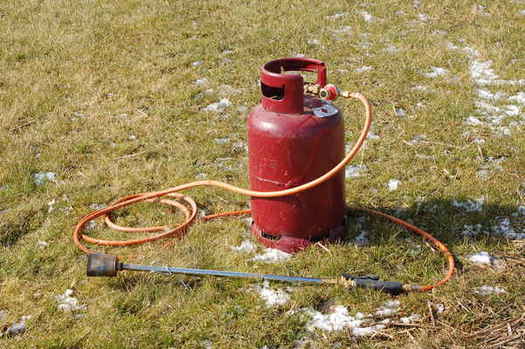In January I posted an introduction to saving seeds.
In this post I would like to go into a little more detail on saving seeds from biennial plants.
Biennial plants are ones that go to seed during their second growing season, usually in the spring. Many people who save their own seeds don’t save seeds from biennials because they think it’s too much trouble, but this isn’t necessarily so. All plants are a little different, and it’s not possible to say everything about all of them, but here are some general tips. Some example of biennial plants are parsnips, carrots, cole plants (cabbage, brussel sprouts, turnips, kale and so on), celery and celery root (celeriac), parsley, beets and swiss chard.
What many people don’t realize is that by saving your own seeds from biennials and other plants is that the resulting seeds will be more suited to your garden and climate than the original seeds, and will likely improve in both productivity and quality of harvest from one year to the next, especially if good roguing techniques (see below) are used.
If you live in an area with a mild climate, chances are good that all you will have to do is let these plants stay in the garden and harvest the seeds in the spring. In some cases, covering the plants with a layer of straw or other mulch can help them survive through the winter.
If your winter is too harsh for the plants to survive, you may need to dig up the plants and store them in a root cellar through the winter. In a few cases you may need to grow them in a greenhouse or similar structure, possibly with heating. In this later case, it may very well be too much trouble to try to save your own seeds.
If you store the plants in a root cellar, you will need to maintain a steady and low temperature and a moderate to high humidity. It does not necessarily need to be underground, but it does need to be protected from the effects of direct sunlight, so probably will need to be north facing. Depending on the type of plants stored, you may need to protect it from freezing, or otherwise provide some source of heat. Plants are normally dug from the garden and stored in wet sand or sawdust for the winter.
Whatever plants you are saving roguing is critical. All seeds will contain genes and traits that effect their suitability for growing in a particular location, their productivity or their quality in other ways. The goal in saving seeds is to select the best plants and consequently the best genetic traits, for growing in the conditions present in your garden. If you are growing cabbage or brussel sprouts, you want plants whose yield is large, solid and attractive. If you are growing a root crop like beets or parsnips, you want only properly shaped, large and good tasting roots. Of course you can’t taste the plants if you are going to save seeds from them, but only save seeds from plants that you think would be the nicest to eat. If you are saving roots, dig them up and look at them! Replant the ones that look nice. Destroy any plants that do not have desirable qualities.
As a rule, plants normally produce large quantities of seeds. In general, it is not necessary to have a lot of plants to have a good seed harvest. It is however a good idea to save seeds from at least a few different plants, as a way of preserving your gene pool.
Once you have selected the plants you are saving seeds from, go around the garden and identify any possible plants that they may cross-pollinate with and figure out how you are going to isolate them. Destroying genetically compatible plants is the easiest way to prevent cross-pollination, but in some cases this is not possible. Depending on the plant, it may be possible to construct a cage or other covering to prevent insects from cross-pollinated the plants. Providing enough distance between the plants may be all that’s necessary.
If you live in an area with wild Queen Anne’s Lace, you will have a difficult time saving seeds from carrots. Queen Anne’s Lace is really a wild carrot and will easily cross-pollinate with what you grow in your garden. Because the pollen from these plants is very fine, and carried large distances by the wind, it is difficult to isolate them with barriers.
Exactly what plants are genetically compatible is complicated, and frequently the source of disagreement between gardeners. The best thing is to ask around for advice, or research the matter on the Internet.


